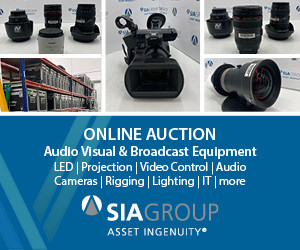Ask the experts: Content readiness in time-deferred workf...
by Sudeep BoseIssue 79 - July 2013 What are the fundamental considerations that must be addressed to ensure the quality of non-real-time content, whether played out from a broadcasters media server or time-shifted for VOD and other OTT services?When focusing on the actual content itself, rather than the service, network or other components, the key...


















